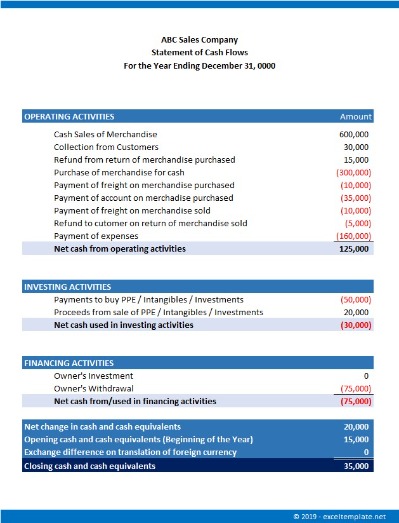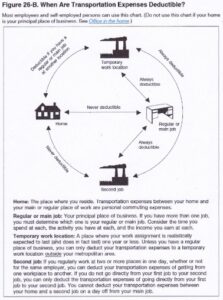What Is a Bank Reconciliation Statement, and How Is It Done?

The debit balance as per the cash book refers to the deposits held in the bank, and is the credit balance as per the passbook. If you want to prepare a bank reconciliation statement using either of these approaches, you can use the balance as per the cash book or balance as per the passbook as your starting point. This is a simple data entry error that occurs when two digits are accidentally reversed (transposed) when posting a transaction.
If your accounting record shows that a check has been issued and your bank statement does not show a corresponding entry for that check, it means that it is an outstanding or unpresented check. Bank reconciliation statement is a statement that depositors prepare to find, explain and understand any differences between the balance in bank statement and the balance in their accounting records. One bank reconciliation statement definition reason for this is that your bank may have service charges or bank fees for things like too many withdrawals or overdrafts.
Step three: Recording the reconciliation
Outstanding checks are those that have been written and recorded in the financial records of the business but have not yet cleared the bank account. This often happens when the checks are written in the last few days of the month. For example, say ABC Holding Co. recorded an ending balance of $500,000 on its records. After careful investigation, ABC Holding found that a vendor’s check for $20,000 hadn’t been presented to the bank. It also missed two $25 fees for service charges and non-sufficient funds (NSF) checks during the month. If you detect incorrect amounts or an omission in your books, you also need to correct those transactions so your records match the bank statements.
The amount of these checks are recorded by the depositor when they are issued but no entry is made by the bank in his account until the checks are actually presented and payment received by the creditor. Unpresented checks, therefore, cause a difference between the balance in company’s accounting record and the balance as per bank statement for the period concerned. A bank reconciliation statement is a document prepared by a company that shows its recorded bank account balance matches the balance the bank lists. This statement includes all free invoice templates for contractors transactions, such as deposits and withdrawals, from a given timeframe. We strongly recommend performing a bank reconciliation at least on a monthly basis to ensure the accuracy of your company’s cash records. A monthly reconciliation helps to catch and identify any unusual transactions that might be caused by fraud or accounting errors, especially if your business uses more than one bank account.
- As a small business, you may find yourself paying vendors and creditors by issuing check payments.
- Then, you make a record of those discrepancies, so you or your accountant can be certain there’s no money that has gone “missing” from your business.
- Kevin’s work has been featured in Bankrate, Credible, CreditCards.com, Fox Money, LendingTree, MarketWatch, Newsweek, New York Post, Time, ValuePenguin and USA Today.
- For example, a restaurant or a busy retail store both process a lot of transactions and take in a lot of cash.
- Note that transactions may take a few days to clear, so the transaction date in your financial records may not precisely match the date on your bank statement.
- After you have compared the deposits and withdrawals, determine any missing transactions.
The Bankrate promise
A bank reconciliation is used to detect any errors, catch discrepancies business loan agreement between the two, and provide an accurate picture of the company’s cash position that accounts for funds in transit. Bank reconciliation statements compare transactions from financial records with those on a bank statement. Where there are discrepancies, companies can identify and correct the source of errors.
After you have compared the deposits and withdrawals, determine any missing transactions. Add to your accounting record any credit memorandum, that you have not already entered. Some businesses, which have money entering and leaving their accounts multiple times every day, will reconcile on a daily basis. More specifically, you’re looking to see if the “ending balance” of these two accounts are the same over a particular period (say, for the month of February). Bank reconciliations are like a fail-safe for making sure your accounts receivable never get out of control. And if you’re consistently seeing a discrepancy in accounts receivable between your balance sheet and your bank, you know you have a deeper issue to fix.
Step 1: Match Each Item on the Bank Statement to the Cash Account
They also explain any delay in the collection of cheques, and they identify valid transactions recorded by one party but not the other. However, you typically only have a limited period, such as 30 days from the statement date, to catch and request correction of errors. Instead of doing a bank reconciliation manually and risking oversight, you need expense management software to ensure efficiency and accuracy. Matching the payment to an invoice can be challenging if the payments are ongoing, so it’s important to reference payments to an invoice number so you can easily identify a double payment.
All transactions between depositor and bank are entered by both the parties in their records. These records may disagree due to various reasons and show different balances. The purpose of preparing a bank reconciliation statement is to find and understand the reasons of this difference in account balance.

As such, exact amounts may not be accurately included on financial statements before the reconciliation process. When the business receives its bank statement, it can use the final amounts of interest and investment income to make adjustments and reconcile its financial statements. Conducting regular bank reconciliation helps you catch any fraud risks or financial errors before they become a larger problem. This includes everything from major fraud and theft to accounting miscalculations, insufficient funds, and incomplete or duplicated payments. By comparing your company’s internal accounting records to your bank statement balance, you can confirm that your records are accurate and analyze the reasons behind any potential discrepancies. To create a bank reconciliation, you will need to gather your bank statements and reconcile them with your accounting records (ledger).
As a result, the bank debits the amount against such dishonored cheques or bills of exchange to your bank account. Deposits in transit are amounts that are received and recorded by the business but are not yet recorded by the bank. (c) A deposit of $5,000 received by the bank (and entered in the bank statement) on 28 May does not appear in the cash book. Similarly, if a businessman deposits any checks on the last day of the month, these cheques may be collected by his bank and shown on his bank statement three or four days later. The need and importance of a bank reconciliation statement are due to several factors. First, bank reconciliation statements provide a mechanism of internal control over cash.
